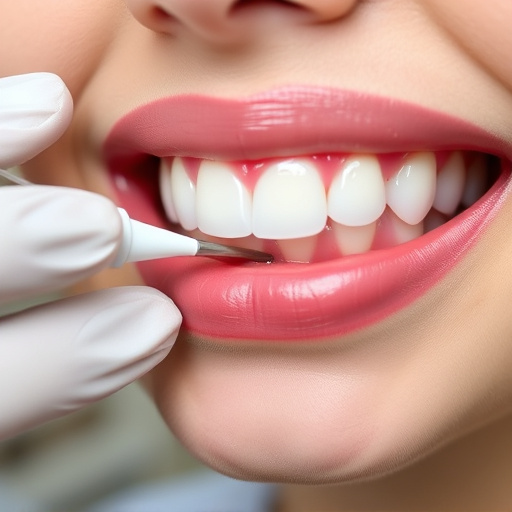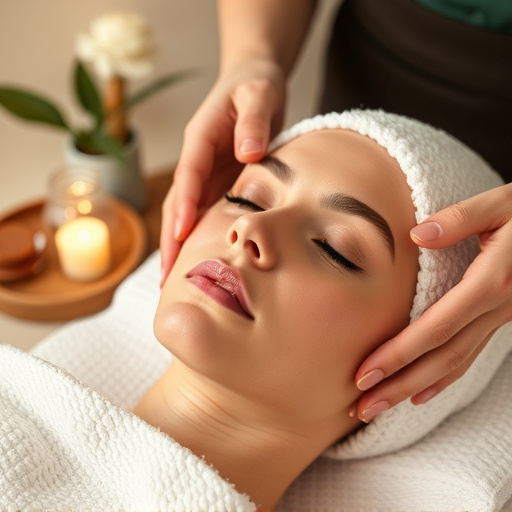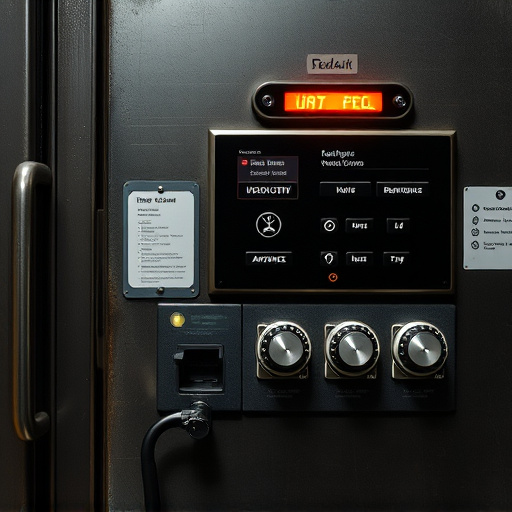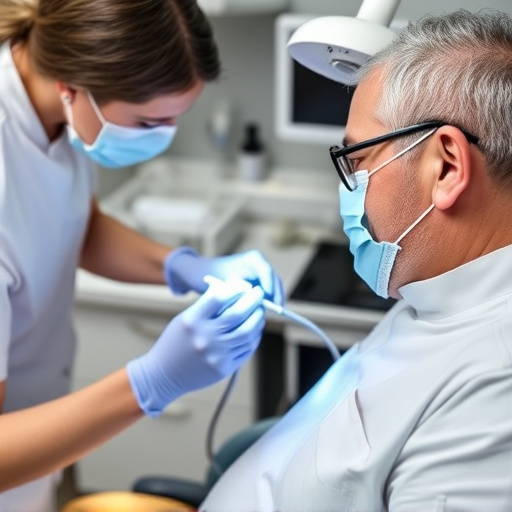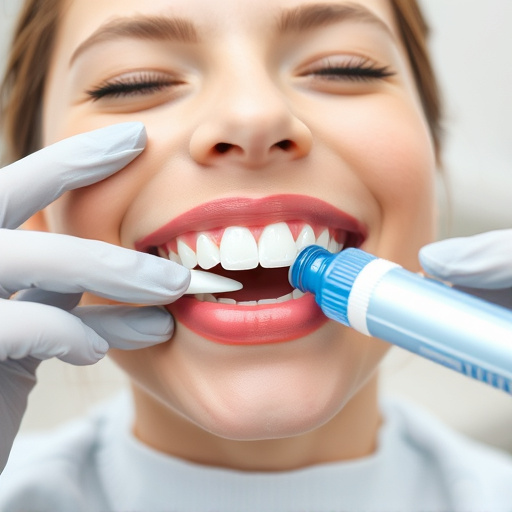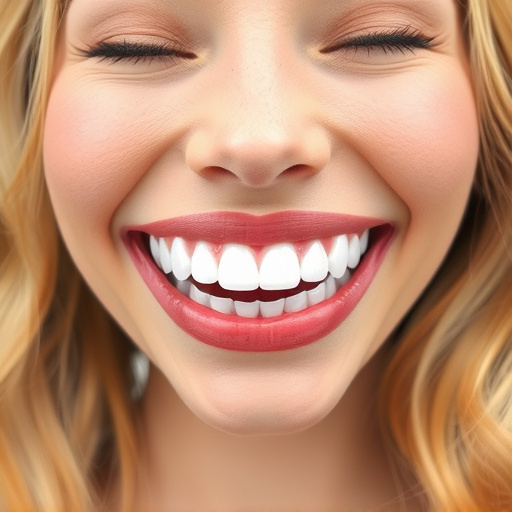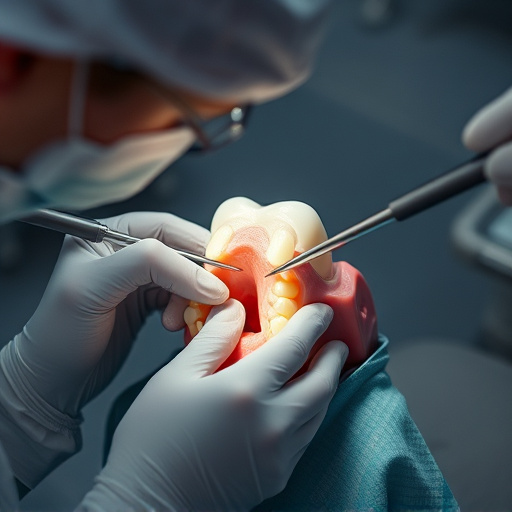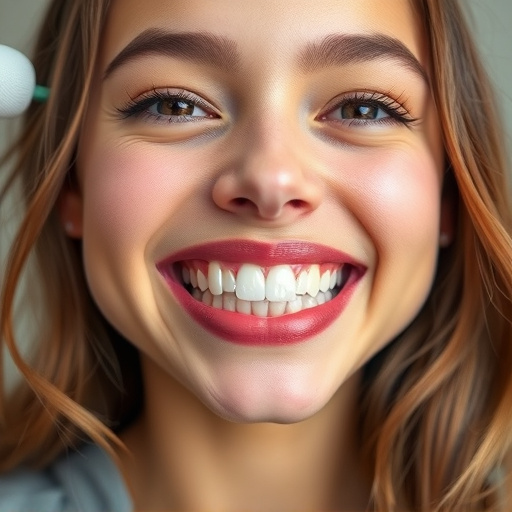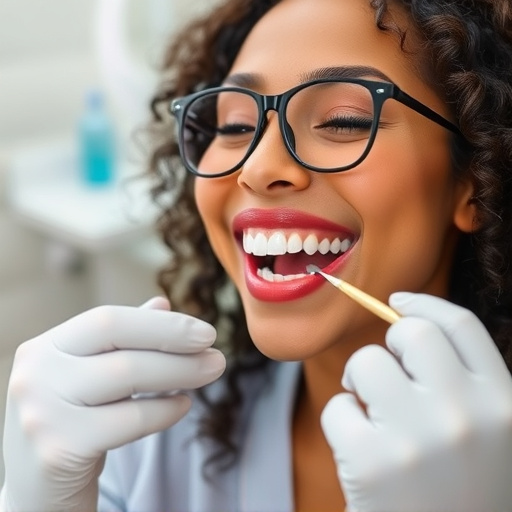Professional teeth cleaning is a crucial part of dental care, utilizing specialized tools and techniques to remove plaque, tartar, and stains missed by regular hygiene. Dentists and hygienists offer tailored treatments for children, teaching proper oral hygiene habits and preventing issues like gingivitis and periodontitis. This process also includes routine oral exams for early problem detection. After cleaning, maintaining good oral hygiene with regular 6-month cleanings, brushing, flossing, and mouthwash is essential to preserve results. Check-ups at a general dentistry practice ensure optimal oral health and enhance aesthetics over time.
Looking for a gentle yet effective way to elevate your oral health? Discover the secrets of professional teeth cleaning—a non-invasive approach designed to deep clean and maintain your smile. From understanding the basics to exploring advanced tools and techniques, this guide offers valuable insights. Learn how to prepare, what to expect, and most importantly, how to sustain optimal oral hygiene post-cleaning. Unlock the key to a sparkling, healthy smile with these expert methods.
- Understanding Professional Teeth Cleaning: The Basics
- Tools and Techniques for Effective Cleaning
- Maintaining Oral Health After Professional Cleansing
Understanding Professional Teeth Cleaning: The Basics
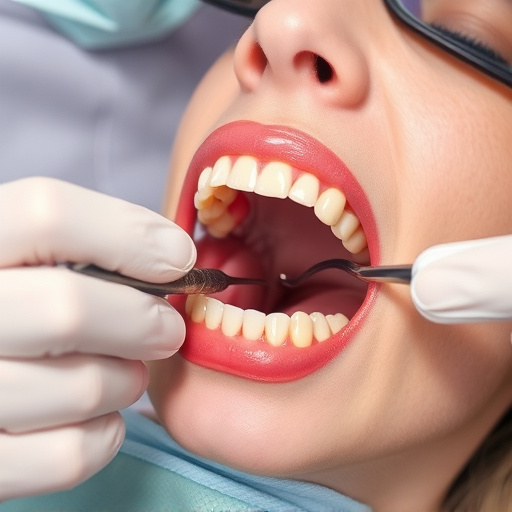
Professional teeth cleaning is a crucial aspect of maintaining optimal oral health, often involving specialized techniques and equipment to ensure thorough yet gentle care. This process extends beyond regular brushing and flossing at home. Dentists employ various methods tailored to different dental needs, making it an essential part of comprehensive dental care. The primary goal is to remove plaque buildup, tartar, and stains that conventional oral hygiene practices might miss.
During a professional teeth cleaning session, typically performed by a qualified dental hygienist, special tools like dental scalers and picks are used to carefully scrape away plaque and tartar from the tooth surfaces and hard-to-reach areas. This meticulous process not only leaves teeth feeling refreshed but also helps prevent issues such as gingivitis, periodontitis, and promotes overall oral health. Moreover, it’s a great opportunity for children’s dentistry, where young patients can learn proper oral hygiene habits and receive tailored tooth repair services, ensuring a bright and healthy smile for years to come. Additionally, routine oral exams during these visits enable early detection of potential problems, allowing for prompt treatment.
Tools and Techniques for Effective Cleaning
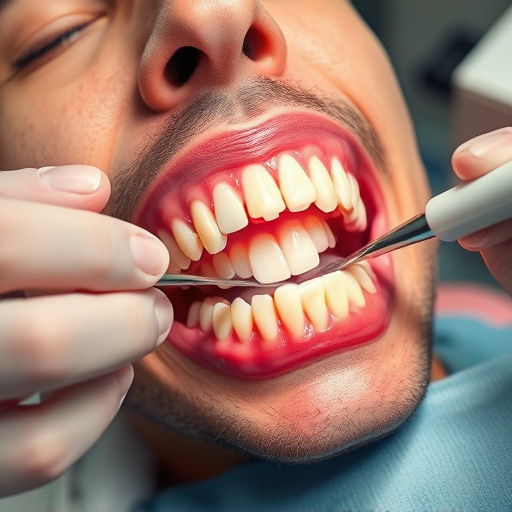
Professional teeth cleaning requires a combination of specialized tools and expert techniques to ensure optimal results. Dentists employ various instruments tailored for different aspects of the cleaning process. For instance, dental picks and probes are used to carefully remove plaque and tartar buildup from hard-to-reach areas around the gumline. Ultrasonic scalers, on the other hand, offer a gentle yet powerful method to eradicate tenacious debris, enhancing the overall effectiveness of the cleaning.
Additionally, restorative dentistry plays a crucial role in maintaining a healthy smile. Following professional teeth cleaning, dentists may recommend clear aligners or conduct routine oral exams to address any emerging issues. These comprehensive approaches ensure not just a sparkling smile but also long-term oral health by preventing more severe problems that could require extensive treatment later on.
Maintaining Oral Health After Professional Cleansing
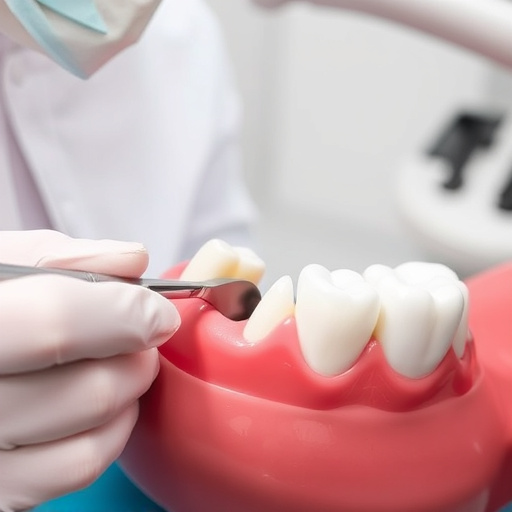
After a professional teeth cleaning, maintaining good oral hygiene is crucial to preserving the results and overall oral health. Regular dental cleanings by your general dentist are essential, typically recommended every six months or as advised by your dentist. This routine helps remove plaque buildup that daily brushing might miss.
In addition to professional teeth cleaning visits, adopting a solid at-home oral care routine is vital. Brush twice a day for two minutes using a soft-bristled toothbrush and fluoride toothpaste. Floss once daily to clean between the teeth and under the gum line where dental cleanings can’t reach. Using mouthwash can also help reduce plaque and freshen breath. Regular check-ups with your general dentistry practice, along with proper oral care, ensure optimal oral health and maintain the aesthetic results of professional teeth cleaning services, even enhancing them over time with procedures like cosmetic fillings.
Professional teeth cleaning is a gentle yet powerful tool for maintaining optimal oral health. By understanding the basics, familiarizing yourself with effective tools and techniques, and adhering to post-cleaning care tips, you can ensure a bright and healthy smile. Remember, regular professional cleanings are an essential part of your dental hygiene routine, complementing daily brushing and flossing for a comprehensive approach to oral wellness.
